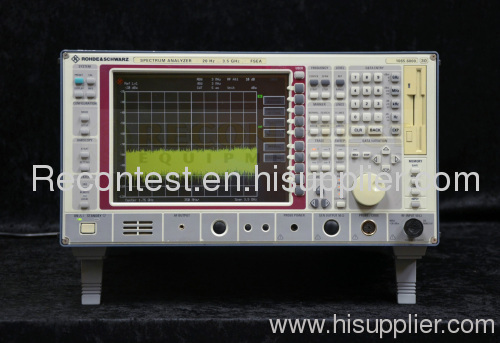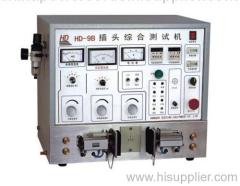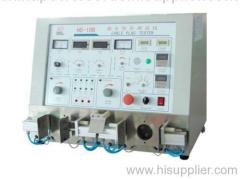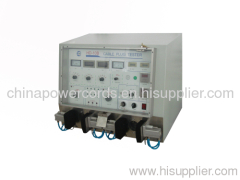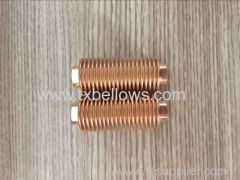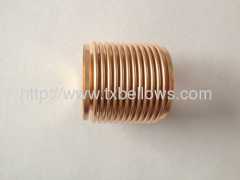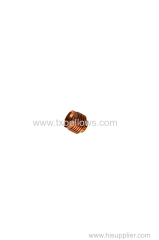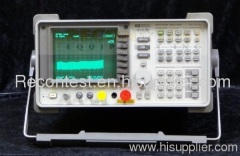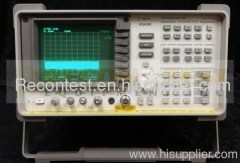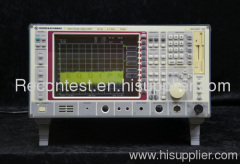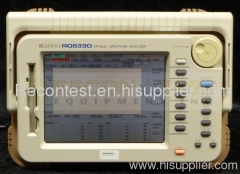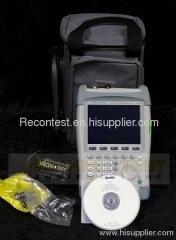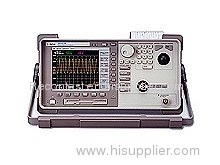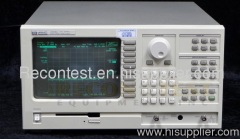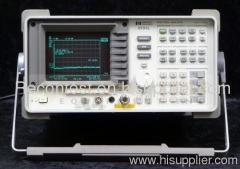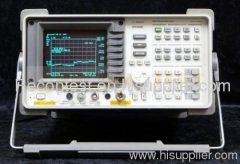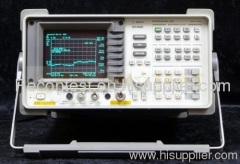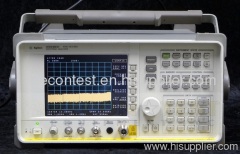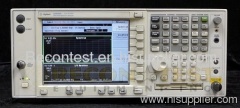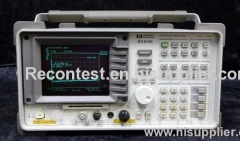
|
Recon Test Equipment Inc
|
Rohde & Schwarz FSEA30/B4/B5 3.5GHz Spectrum Analyzer
|
|
|
| Add to My Favorites | |
| HiSupplier Escrow |
Product Detail
Rohde & Schwarz FSEA30 3.5GHz Spectrum Analyzer with options B4 & B5
TheRohde & Schwarz, Inc. FSEA30 spectrum analyzer is a wide band, verysensitive receiver. It works on the principle of "super-heterodynereceiver" to convert higher frequencies (normally ranging up to several10s of GHz) to measurable quantities. The received frequency spectrum isslowly swept through a range of pre-selected frequencies, convertingthe selected frequency to a measurable DC level (usually logarithmicscale), and displaying the same on the CRT of the Rohde & Schwarz,Inc. FSEA30. The CRT displays received signal strength (y-axis) againstfrequency ( x-axis).
Some applications for Rohde & Schwarz, Inc. FSEA30 SpectrumAnalyzers include Site Monitoring: Verify that the frequency and signalstrength of your transmitter is accurate. Interference: Before a systemis installed you use a Rohde & Schwarz, Inc. FSEA30 spectrumanalyzer to verify that the frequencies (you plan to use) are notoccupied or if the presence of a very strong signal will interfere withyour new setup. Interference can be created by a number of differentsituations. Other tests that utilize the Rohde & Schwarz, Inc.FSEA30 spectrum analyzer features include antenna isolation, co-channelinterference, adjacent channel power, occupied bandwidth,intermodulation, microwave or satellite antenna alignment, andcharacterization of components.
Key Features and Specifications
- Form Factor Mainframe
- Input impedance: 50 Ohm
- Frequency range: 20 Hz to 3.5 GHz
- Frequency accuracy: 0.000000000025%
- Minimum sweep time: 1 us
- Maximum sweep time: 2500 s
- Resolution bandwidth range: 10 Hz to 10 MHz
- Resolution bandwidth steps: 1/2/3/5
- Video bandwidth range: 1 Hz to 10 MHz
- Video bandwidth steps: 1/2/3/5
- Maximum safe AC input: 0.1 dBm
- Maximum DC input: 0 V
- Displayed average noise range: 81 dBm to 129 dBm
- Trigger source: external, internal
- Trigger modes: freerun, TTL
- Demodulation: AM, FM
- Connector type (main signal) Type-N(f)
- Probe Power: yes
Options:
- B4 - Low Phase Noise
- B5 - FFT Filter
Related Search
Spectrum Analyzer
Audio Spectrum Analyzer
Rf Spectrum Analyzer
Analyzer
Biochemistry Analyzer
Electrolyte Analyzer
More>>

